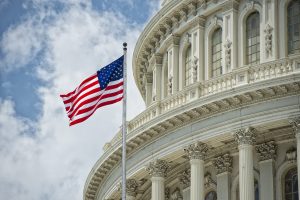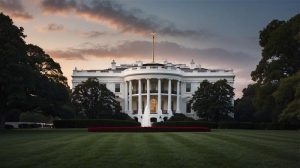Major Central Banks hit the pause button in the final quarter of 2023, providing a positive fillip to markets. However, the Fed then went a few steps further – acknowledging that the bond markets had accurately anticipated a shift to lower interest rates. The FOMC (Federal Open Market Committee) dot plot at the last Federal Reserve (Fed) meeting in 2023 implies three rate cuts this year and a further four in 2025.
Market expectations have unsurprisingly moved quite sharply in recent weeks, across all major economies apart from Japan where the Bank of Japan has kept interest rates in negative territory. It is important to stress that the Fed pivot does not mean an imminent rate cut, but it does provide a glimpse into the inner thinking of the Fed regarding the potential risks ahead and the reason for a more dovish bias moving forward. The European Central Bank (ECB), Bank of England and the Bank of Canada veered between dovishness and a tone of hawkishness, but clearly the shift by the Federal Reserve sends a powerful signal.
The interest rate trajectory implied by swap rates seems relatively sensible. We would argue that the macro conditions certainly seem quite supportive of a shift to lower interest rates, with the ECB probably the first to move in the 1st half of 2024.
Of course, the monetary decision will ultimately focus squarely on whether the Covid-inspired inflation period has ended and a return to target is not only at hand but can be sustained. However, we believe that this does not equate to a desire for a recession as the golden ticket would be a soft landing with target inflation and such an outcome remains a feasible option. There is an underlying risk that the Central Banks may wait for evidence of a sustainable return to target inflation, resulting in a harder landing.
To find more about the latest house views from London & Capital’s Investment Desk, read the full AndPapers Q1 2024 here.
At London & Capital, we understand that protecting and growing your wealth involves thoughtful planning and maintaining an up-to-date picture of your finances. Managing your wealth during all economic conditions is key to a healthy financial future for both you and your family.




